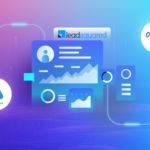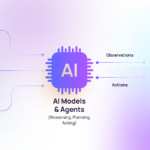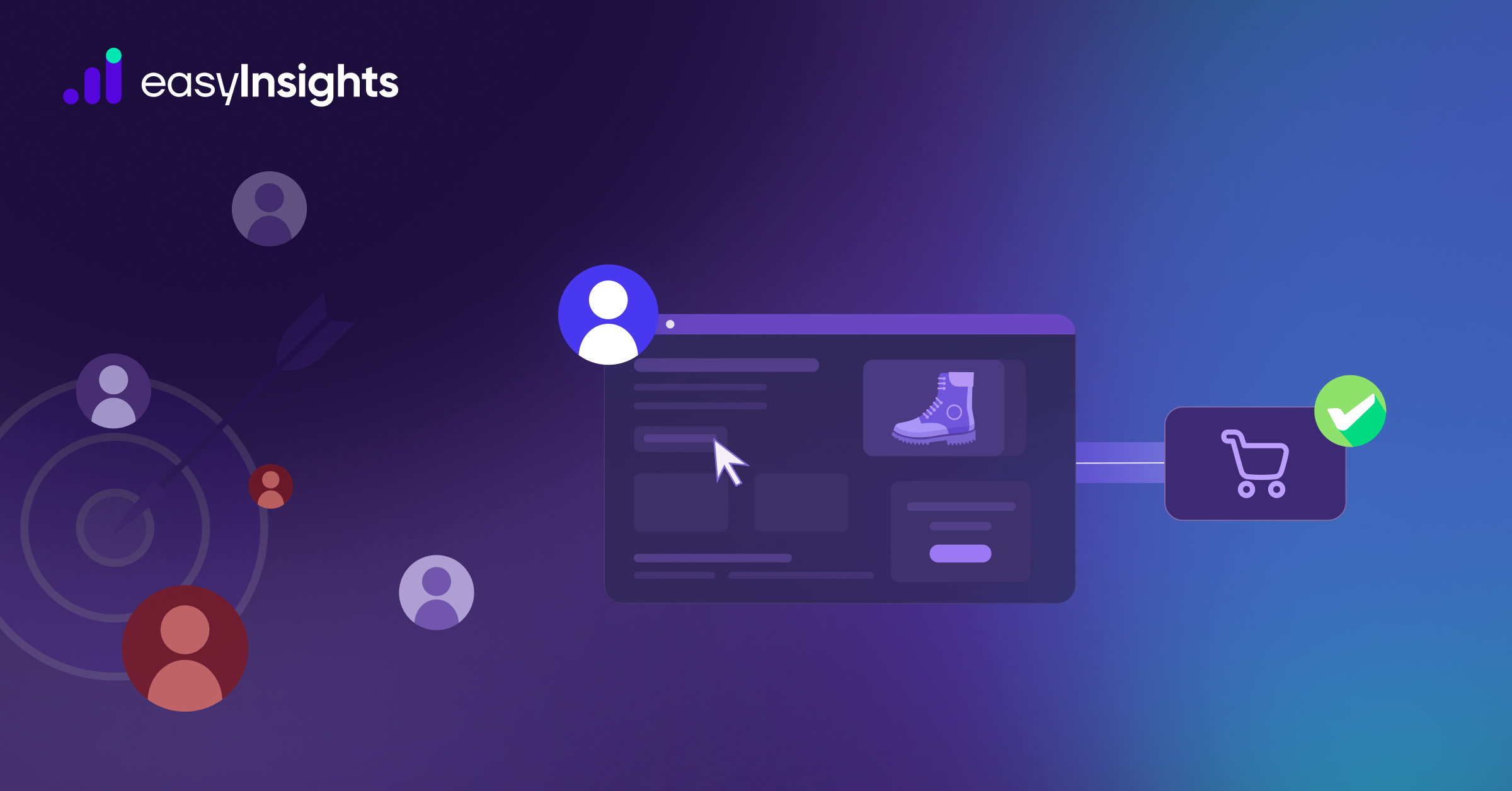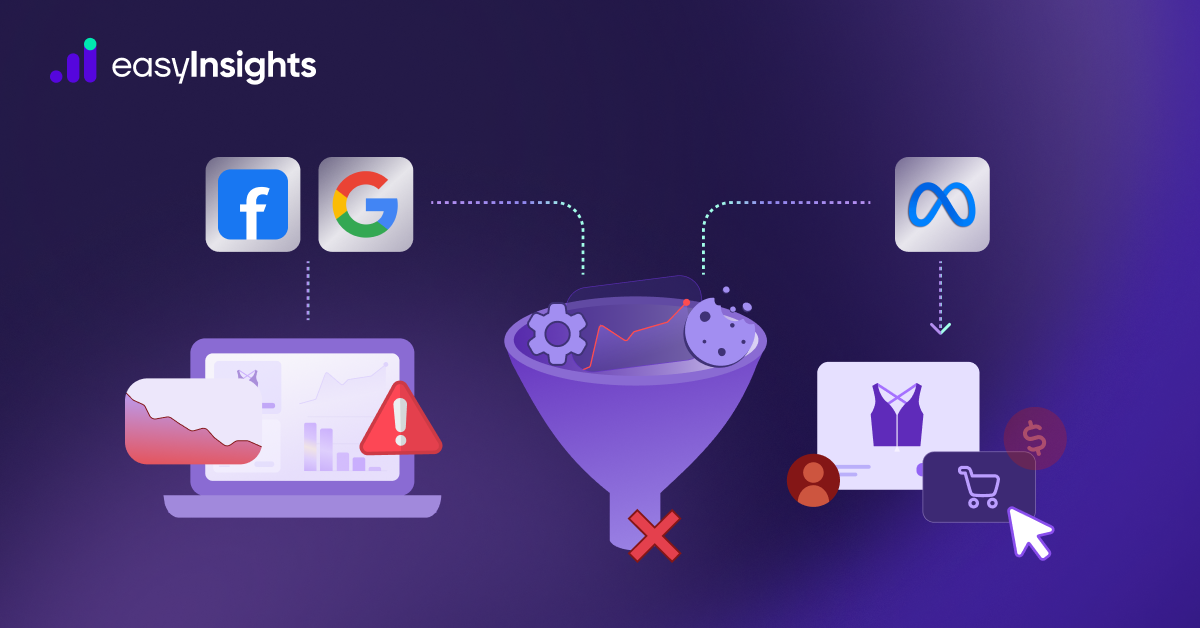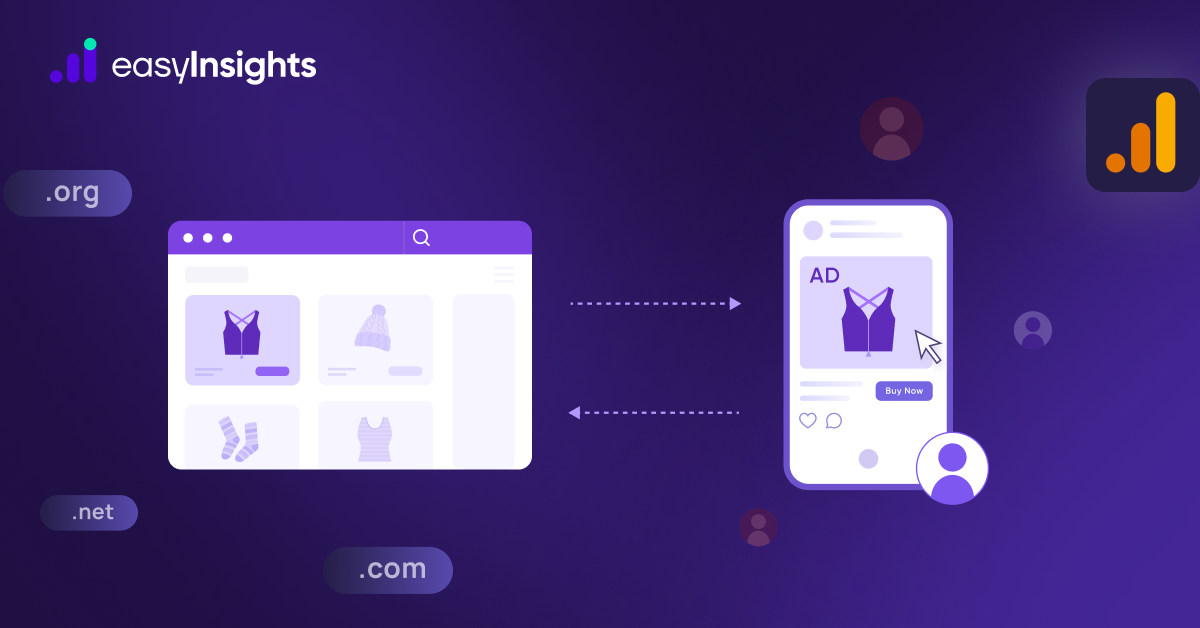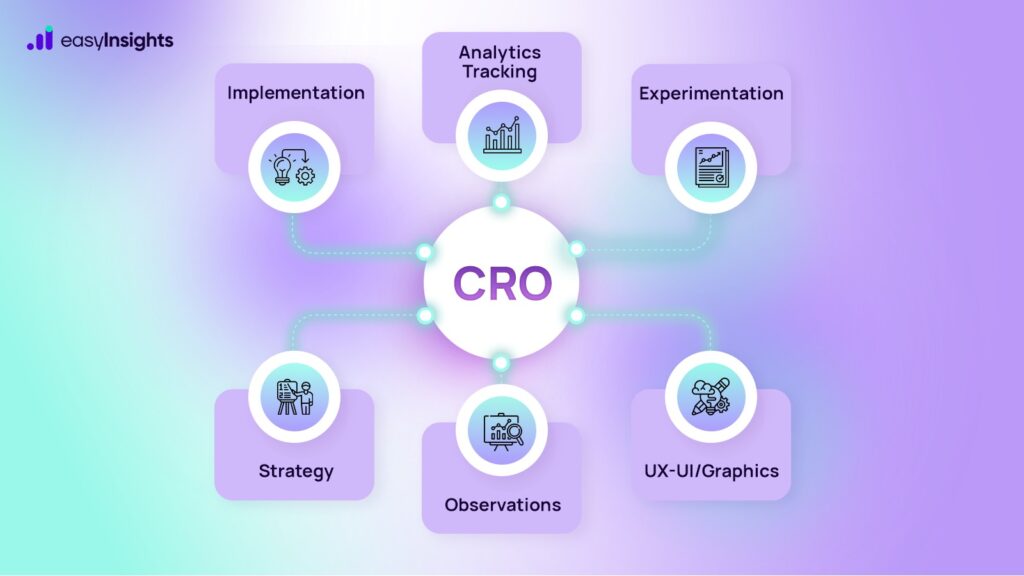
Remember when you clicked on an ad, landed on a product page, felt slightly confused, and then… clicked away? You probably don’t recall the brand. You didn’t even mean to abandon it; something just didn’t feel right.
Now, flip that. You visited a different site last month. It had a clean layout, clear benefits, fast loading, trust badges everywhere, and an offer that felt like it was meant for you. You bought it within minutes.
That moment? That “This feels right” moment?
That’s CRO in action.
In this blog, we’ll walk you through smart ways to improve your website’s conversions in 2025 by fixing what’s not working, building trust fast, and turning more visitors into potential customers.
Jump ahead to:
What is Conversion Rate Optimisation?
Have you ever wondered why two websites with the same traffic perform so differently? The answer often lies in Conversion Rate Optimisation. CRO is the systematic process of increasing the percentage of visitors who take a desired action on your website, whether purchasing, signing up, downloading an eBook, or requesting a demo. It’s not just about getting more users to your site, but getting more value from those already visiting.
Why CRO Matters More in 2025
In 2025, digital competition is heavy. Ad costs are higher, organic reach is shrinking, and users are more distracted than ever. Brands can no longer afford to “set it and forget it” when it comes to websites and landing pages. Optimising every step of your funnel is no longer optional; it’s a survival tactic.
Think about it, you’re already paying to bring users to your site. Without CRO, you’re leaving money on the table every single day. In a world where customer acquisition costs are spiking, CRO is your cheat code to scale efficiently and intelligently.
What’s Considered a “Good” Conversion Rate?
In general, most websites convert between 2% to 5% of their traffic. But “good” is relative.
Your ideal conversion rate depends on:
- Your industry (e.g. SaaS vs. ecommerce)
- Your offer (free trial vs. high-ticket product)
- Your audience (cold vs. returning visitors)
- And your conversion goal (purchase, lead, download, etc.)
That’s why chasing someone else’s benchmarks isn’t always helpful. Instead, focus on raising your baseline. Even a 0.3% increase in conversion can lead to a noticeable jump in revenue, especially at scale.
Where Should You Start With CRO?
Conversion Rate Optimization can feel overwhelming, but you don’t have to fix everything at once. Start where it matters most, the parts of your website that directly affect whether a visitor takes action. Let’s break it down.
1. Landing Pages
Think of landing pages as your digital storefront. This is often the first thing a visitor sees, so it needs to grab attention and guide them to act. Make sure your headline is clear, your offer is obvious, and your call-to-action (CTA) stands out – whether it’s a “Get Started” button or a sign-up form.
2. Product Pages
If you’re selling something, your product pages are your money-makers. Focus on making them as clear and compelling as possible. You could:
- Upload Images to better show off the product
- Rewrite the descriptions to be short, sweet, and benefit-driven
- Move the “Buy Now” or “Add to Cart” button to a more visible spot
- Clean up clutter so it’s obvious what to do next
Remember, if shoppers are confused or distracted, they won’t buy.
3. Blog Posts
Blogs aren’t just for SEO, they can convert too. Add subtle CTAs within your posts, like:
- A free download related to the article
- A link to your product or service
- A form to join your newsletter
Keep it natural. Readers should feel like the CTA is part of the post, not a sales pitch.
4. CTAs (Calls-to-Action)
These are your action buttons: “Buy Now,” “Sign Up,” “Get the Guide,” etc. They tell your visitors exactly what to do next. Experiment with:
- Button colors (bright often work)
- Wording (use action verbs like “Get,” “Try,” or “Start”)
- Placement (above the fold, in the middle, at the end)
Even a small tweak can make a big difference.
5. Homepage
Your homepage is your brand’s welcome mat. It may not always be your top traffic source, but it’s still important for first impressions. Make sure it:
- Clearly says who you are and what you do
- Guides people to key parts of your site
- It isn’t too busy or confusing
If someone lands here and can’t figure out what to do next, they’ll bounce.
6. Pricing Page
Some people will skip everything and go straight to pricing. Don’t let them leave confused. Try:
- Making the pricing simple and transparent
- Adding trust signals (like testimonials or guarantees)
- Offering contact info or live chat in case they have questions
You can even test layouts: monthly vs. yearly options, different plan names, etc.
7. Forms
Nobody likes long, complicated forms. Whether it’s a contact form, sign-up, or checkout page, keep it short and easy to complete. Tips:
- Only ask for what you need
- Use clear labels and examples
- Make sure it works well on mobile, too
Reducing friction here can lead to more submissions and fewer drop-offs.
The 10 Best CRO Strategies for 2025
Whether you’re getting traffic but not enough sales or leads that don’t convert, these strategies will help you bridge that gap. Let’s break it down:
1. Understand Who You’re Selling To
Before anything else, get into your customer’s shoes. What do they struggle with? What do they want most? Use polls, social media, and real customer chats to find out. The better you know your audience, the easier it is to convince them.
2. Map Out the Customer Journey
Your website is a path. If people are dropping off halfway, something’s wrong. Track where users exit. Are they getting confused? Lost? Use tools that show the path they take from landing to checkout.
3. Watch What Users Do
Heatmaps and session recordings are your secret weapon. They show you where users click, scroll, or drop off. This data helps you move important content where the eyes go.
4. Try A/B Testing Everything
Don’t guess test. Want to know which call-to-action works better? Create two versions and let real users decide. Headlines, colors, buttons – everything’s testable.
5. Fix Your CTAs
A call to action is your website saying, “Click here.” But is it clear? Is it working? Make your CTA short, strong, and visible. “Buy now” works better than “Proceed.”
6. Speed Up Your Website
No one waits for slow websites. If your site takes forever to load, people will leave. Compress images, use caching, and fix bugs. Aim for under 3 seconds.
7. Make It Mobile-Friendly
Most people browse on their phones. If your site looks wonky or is hard to use on mobile, you’re losing sales. Use a responsive design that adjusts smoothly to smaller screens.
8. Make Google Your Friend (SEO)
CRO and SEO go hand in hand. You need traffic first, then conversions. Use the right keywords, write useful content, and make sure pages are easy to read for both users and search engines.
9. Add Customer Testimonials
Real people talking about how great your product is, instant trust. Place testimonials where they matter: near your buy button or in key sections of your landing page.
10. Create Urgency with Limited Offers
Use countdown timers or low-stock alerts to prompt quicker decisions. Just make sure it’s real; fake urgency can backfire.
Common CRO Mistakes to Avoid
Even with the best intentions, it’s easy to fall into traps that hurt rather than help your conversion rate. Here are some pitfalls to watch out for:
- Not defining the primary conversion goal, whether it’s a sale, sign-up, or lead capture.
- Launching CRO tactics without a clear hypothesis or objective.
- Skipping A/B tests and going with assumptions.
- Relying on gut instinct instead of actual data.
- Making too many changes at once makes it hard to track what worked.
- Misreading or overgeneralizing statistical results.
If you’re not confident you’re on the right track, platforms like EasyInsights and others can simplify your CRO workflow. From real-time data visualisation to seamless integration with your ad platforms and analytics tools, EasyInsights helps you focus on insights that drive performance, not guesswork.
Data-Driven CRO with EasyInsights
A strong CRO strategy runs on accurate, centralized data – and that’s exactly where EasyInsights delivers.
Successful conversion rate optimization depends not just on experimentation, but on precise, real-time insights. EasyInsights helps brands activate their first-party data, unify their tracking, and gain full visibility into user behavior across the funnel.
Here’s how EasyInsights powers data-driven CRO:
Conversion Tracking: Instantly see what’s converting across all your platforms in a single, intuitive dashboard. No more fragmented reports or missed performance signals – just clear insights you can act on.
Accurate Attribution: EasyInsights brings clarity to your campaigns with advanced attribution models that identify exactly which channels and touchpoints drive results. Helps in utilizing your budgets accordingly.
First-Party Data Collection: Capture and unify data from forms, CRMs, and pixels to build complete, privacy-compliant user profiles. This enables deeper personalization and better audience targeting at every stage of the user journey.
Audience Segmentation: Use granular segments, like high-intent users or past purchasers – to tailor experiences and boost engagement. The more relevant your messaging, the higher your conversion rates.
With EasyInsights, you’re not just tracking data – you’re activating it. Every decision becomes more informed, every test more meaningful, and every customer experience more personalized. Say goodbye to guesswork and hello to a new era of conversion optimization driven by real, reliable insights.
Conclusion
Conversion rate optimization isn’t about making wild changes, it’s about smart, strategic tweaks backed by data. Whether it’s optimising landing pages, rewriting CTAs, speeding up your site, or using personalization to build trust, CRO is a game of consistent improvement.
And now, with tools like EasyInsights, it’s easier than ever to pinpoint what’s working and fix what’s not. Our automated reporting and marketing data unification platform brings all your ad and analytics data into one place, so you’re never flying blind.
Book a demo with EasyInsights today!
Additional read – Which conversion tracking method works best for PPC campaigns


